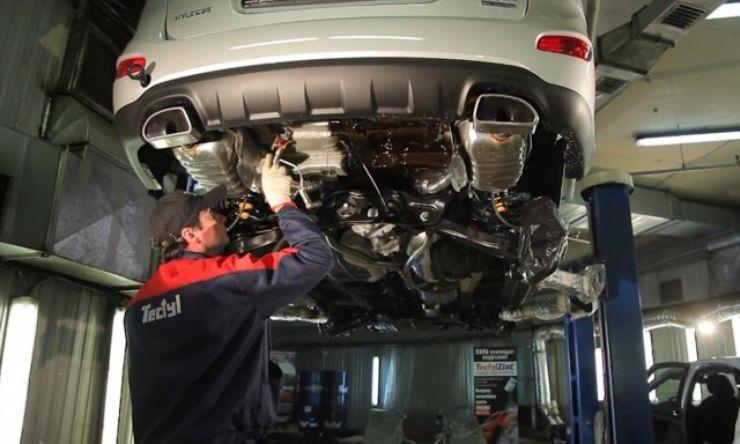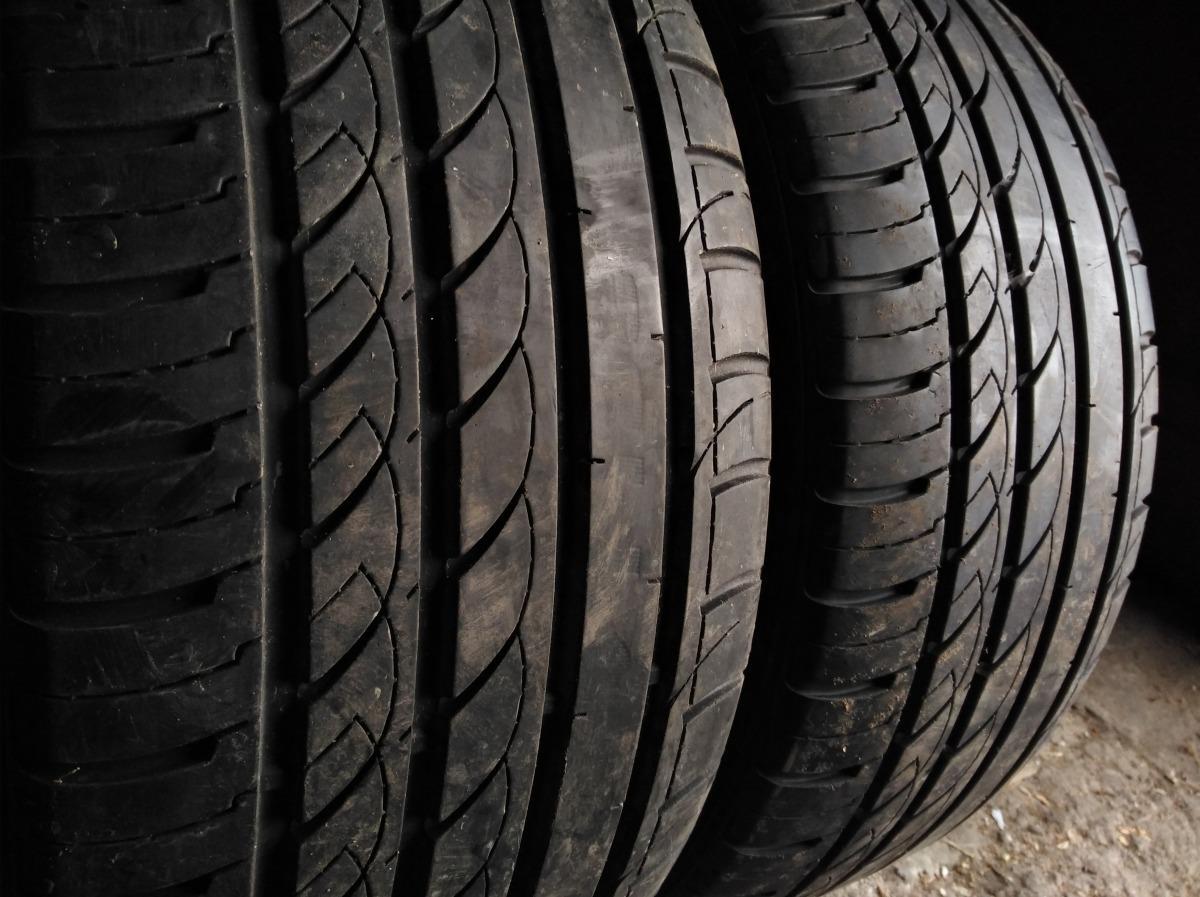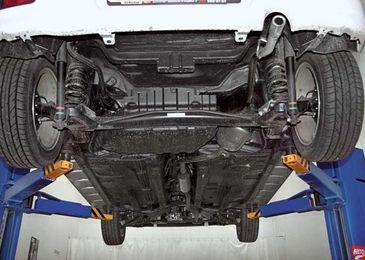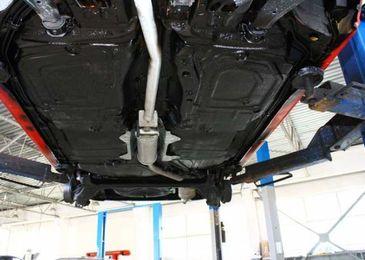
Why even a new "galvanized" car needs anticorrosive
Many car owners, especially young beginners, for some reason are sure that modern cars are not subject to corrosion, since their bodies are galvanized, and therefore do not require anti-corrosion treatment. Meanwhile, no one knows for sure how much zinc is used by car builders in the production of a particular model. And if we are talking about the mass segment of budget models, the ranting of automakers about their galvanizing is in the vast majority of cases just a marketing ploy.
Recall that today in the automotive industry three types of galvanization are used: hot galvanizing, galvanizing galvanizing and cold galvanizing. The first method gives the best results, but remains the lot of mostly premium cars. "Electroplating" gives vehicles much less corrosion resistance. And cold galvanizing is advertised at all only, we repeat, for marketing purposes: the zinc contained in the primed layer is not able to resist corrosion if the “paintwork” is damaged.
At the same time, according to experts, almost always factory galvanization means only partial processing of atoms (thresholds, bottom, wings). A complete assessment can boast, say again, very few cars. The rest are just a little better at resisting rust. But not so good as to completely avoid this disaster, especially in large metropolitan areas with their destructive winter reagents.

Chips from stones, scratches from mechanical damage, as well as salt, moisture and toxic reagents are slowly but surely doing their job. Therefore, whatever one may say, the paintwork, albeit with less intensity, is still destroyed, allowing rust to mercilessly devour the body. To a greater extent, of course, the most vulnerable elements suffer, and these are thresholds, wheel arches, door joints, the bottom and unprotected sections of the engine compartment. And no matter how galvanized the car is, sooner or later it will still be covered with orange-brown spots and, as a result, will rot. From here, the answer about anti-corrosion treatment suggests itself - yes, it definitely will not be superfluous! Especially considering the subsequent resale of the "iron horse": if it turns into a "zebra", you can't get much for it.
By the way, few know that anti-corrosion treatment, in addition to its direct duties, also performs the role of suppressing external noise. Yes, the level of acoustic comfort in a car protected with atikor is almost doubled! This is evidenced by multiple tests initiated by both manufacturers of specialized chemistry and independent experts. If you wish, you can even find documentary evidence on the Web in the form of official protocols drawn up by specialists based on the results of the studies. However, there is nothing to be surprised here - an additional layer significantly reduces the noise from tires rustling on the asphalt or the same pebbles beating against the arches, not to mention the sound of the suspension rumbling on bumps.
So, before you give the car to specialists, you should clarify what materials they will process the car with and how long you can count on. Indeed, today our market is full of Chinese drugs of dubious quality, which do not guarantee that in six months your “swallow” will not rust. The products of world famous European brands, such as Tectyl, Binitrol, Bivaxol, Prim Body and some others, have proven themselves well. With sudden changes in temperature, as well as under the influence of sand, mud and gravel, which are so typical for the operation of cars in our country, these materials proved to be the best, retaining their protective properties for three years. By the way, on average anticorrosive lasts so much.
Depending on the class of the car, the cost of the procedure in certified centers will vary from 6000 to 12 rubles. Take, for example, the Ford Focus. Having called a dozen offices, we found the cheapest "anti-corrosion" for 000 "wooden". The technical zone specialist promised that the car would be ready in 7000 hours, and the complex would include lifting the car on a lift; removal of fender liner, plastic protection on the bottom; washing the lower part of the car using special compounds; diagnostics of the condition of the bottom of the car on the lift; sandblasting of corrosion centers (if necessary); treatment of corrosion centers with a rust converter, priming, galvanizing (if necessary after sandblasting); treatment with anti-corrosion compounds of the bottom, arches and hidden cavities along the bottom, doors, hood and trunk lids.

In another salon, among other things, we were offered to do the processing of the engine compartment, including the hood, as well as the back of the trunk lid. True, the pleasure turned out to be more expensive immediately by 6000 rubles. On average, anticorrosive agents on Focus are made by “officials” for 6000-7000 domestic banknotes, and in terms of time - no more than 6 hours. If time permits and you have your own garage, you can save money by protecting the car with your own hands. Only for this you need to purchase the appropriate chemistry yourself. There are a lot of recipes for the creation of "anti-corrosion" and the technology for its application. But the cost of a rare one even today exceeds 1000-1500 "wooden".


